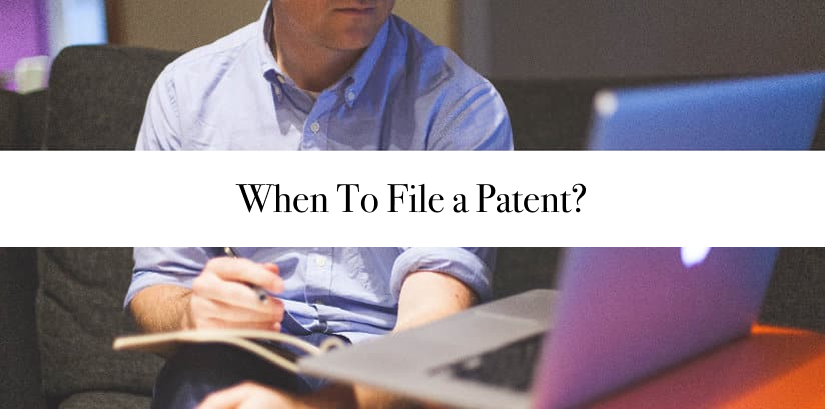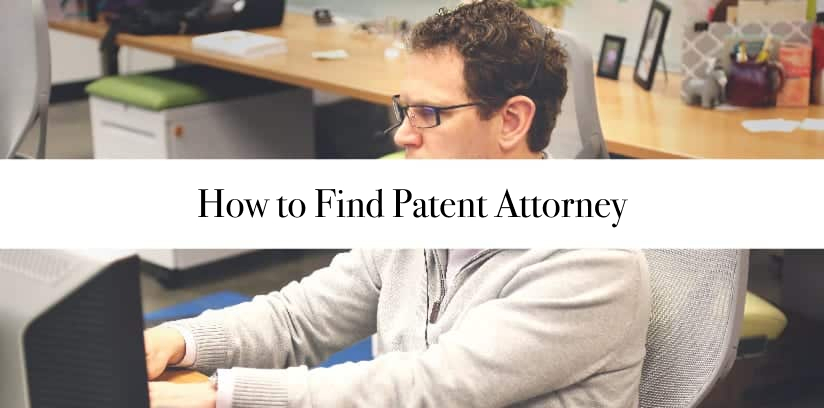Originally posted on March 14, 2018 @ 5:20 am
The United States Patent and Trademark Office (USPTO) might grant its 10 millionth patent in 2018. Hitting this amazing mark highlights incredible progress and shows why it’s super important to **get savvy** about intellectual property battles.
If you hope to obtain patent number 10,000,000 or any number after, it’s vital that you have at least a cursory knowledge of the laws surrounding patents. Read on to learn how to protect your invention from potential competitors.
Patents vs. Other Intellectual Property
There are four general types of intellectual property: patents, trademarks, servicemarks, and copyrights. While each of these grants the owner exclusive rights to something, they are different.
Patents apply to inventions. The USPTO can grant patents on a whole invention or mechanisms within the tangible object. For example, a company that makes smartphones may apply for a patent for the whole smartphone and the charging mechanism.
In the example of the smartphone company, it will use trademarks for its logo and brand name. This type of intellectual property is used to show a consumer what business created the product.
Similarly, a servicemark indicates what company is behind something. As the name suggests, servicemarks indicate which business is behind a service. In our phone example, this might be the phone carrier.
Finally, copyright is the intellectual property of authorship. Whether a written work is published or not, it is subject to copyright. This type of intellectual property may apply to blogs written about the smartphone when it comes out or jingles the company uses in the commercial.
One thing that each of these protections have in common is that they are enforced through intellectual property litigation. This is a specific area of the law that requires a specialized attorney.
The Three Types of Patent
Because intellectual property litigation is never simple, we can’t just break it down into four categories. Under the umbrella of patents are three types:
- Utility Patent: A utility patent is all about an original invention’s unique practical application. These inventions need to have either new parts, or a whole new functionality. A special kind of bolt, a new type of plastic or a blender that has an original motor. These are the kinds of inventions that would need a utility patent.
- Design Patent: If your invention does not change the way an already existing item is being used, but only changes the appearance of it, then you need a design patent. A new shape of carpet, an original pattern on cups or a funky new chair shape would all need a design patent.
- Plant Patent: This is a slightly odd one, but original plants created through horticulture can get their own patent. These are not plants that have been genetically modified. They have to be asexually reproduced and should not be tuber plants. Some varieties of roses have patents.
When most people think of inventions, they think about things that utility patents would cover. It protects an entirely new machine, system, or process.
Design patents cover the ornamental parts of an invention. For example, if you made a baby bottle that functioned the way others do but had a different shape, you would use a design patent.
The third type of patent is exactly what it sounds like it should be: a patent for plants. While this may seem oddly specific, the rise of genetic modification in food has made this third type intellectual property litigation necessary. If you found a way to grow a banana that never browns, you could file a patent for this new plant.
Step One: Invent Something New
If you’re reading this post, you probably have an incredible idea in mind. However, you should be sure you’re truly the first person to have this idea before you start the arduous process of intellectual property litigation.
The USPTO allows you to search existing patents by classification and with other parameters. If you are not yet familiar with the patent search process, you can use this guide from The University of Texas. A thorough search will help you avoid costly suits and intellectual property litigation.
If you do this search and find something similar to your idea, don’t panic. A qualified lawyer can help you highlight differences and secure your patent.
Step Two: Decide What Protections You Need
To adequately protect your invention, you need to prepare for intellectual property litigation on many fronts. In addition to obtaining a patent for the design itself, you may need copyrights and trademarks.
These additional protections can secure your marketing plan and other vital assets. In this process, you may also determine which of the three patent types you need. Consider setting up a patent consultation so that you don’t miss anything in this step.
Step Three: Prepare Your Application
Once you know what kinds of protections you need, it’s time to gather all the materials for your application. This process can take a long time, but it’s essential to slow down. If you miss something, it could cost you your patent.
First, be sure you have the funds to apply. Filing costs depend on what type of patent and other protections you need. Furthermore, filing via mail or in person costs an additional $200.
Don’t let the cost of additional protection keep you from filing it. It’s better to wait until you have the cash than to get an idea on the market without the right guards. Rushing is a sure-fire way to get caught up in intellectual property litigation.
If you need your patent quickly, you can try one of the USPTO’s expedited options. These may require some additions paperwork.
If you want to sell your product in another country, or if you don’t want anyone else to do so, make sure to prepare paperwork for international applications as well.
The USPTO recommends working with a patent attorney who specialized in intellectual property litigation at this stage. While inventors are allowed to file patents on their own, the USPTO warns that people without experience often struggle with this process.
Step Four: Submit Your Initial Application
Once you have everything together, it’s time to submit your patent application to the USPTO. You can do this online, through the mail, or in person at the patent office.
In some cases, this first application is the only document you need to send to the patent office. However, the USPTO may request additional documentation to move forward.
Step Five: Maintain and Defend Your Patent
Criminal law has law enforcement officers dedicated to its enforcement, but intellectual property law doesn’t work that way. It is up to the patent holder to ensure that nobody encroaches on their intellectual property.
Even if nobody violates your patent, you must maintain it regularly. Those who hold utility patents must pay a scheduled maintenance fee. All patent holders must also remember to update your contact information and address whenever necessary.
When Intellectual Property Litigation Becomes Necessary
If you find that a person or entity is infringing on your patent, you should take action as soon as possible. Remember that you must bring the violation to the court’s attention.
This process is called “patent assertion” or “patent declaration.” Unfortunately, it is often a large business that violates a person’s patent. These massive conglomerates have large legal teams and will often put up a fight.
It’s important not to let these organizations bully you into letting go of what is rightfully yours. With a well-trained and passionate attorney, you can win your case.
Patent declaration aims to seek compensation, not justice or retribution. Because the organization used your intellectual property, you are entitled to a portion of the proceeds it gained.
Often, this compensation comes by way of a settlement with the infringing business. The corporation may offer the inventor a large sum of money or a share of profits. In exchange, the company gets to license the patent.
Only you can decide if a settlement is right for you. However, it helps to have an advocate on your side. Your lawyer should fight for the best possible outcome, whether it is a settlement or not.
Tips for Inventors
While the patent process can seem intimidating at first, inventors shouldn’t let it hinder them. The patent system is in place to protect your intellectual property. Here are a few tips for making it easier:
- Draw sketches at every stage. From the initial idea to the final product, the more sketches you have, the better your chances for success.
- Consider a provisional patent. This version of a patent costs less and can get approved with relative ease. However, a provision patent only lasts 12 months.
- If you’re in a hurry, don’t use that as an excuse to skip patenting. Instead, consider some tried-and-true methods for expediting the process.
- If you qualify, file as a micro entity. This status can significantly reduce your filing fees at a time when every dollar counts.
- Don’t just search for patents within the United States. Search in any other country in which you may want to do business.
- Know what markings you can put on your belongings. There are different symbols for “patent-pending,” “patent applicant submitted,” and “patent approved.”
- If you get impatient while you wait for your approval, you can check your status on the USPTO website.
- Keep an eye on your competitors. This can help you ensure that they do not infringe on your property. It can also inspire you to keep inventing.
- Make sure that anyone who works on the project with you files a nondisclosure agreement, especially before your patent gains approval. This can help you avoid getting the rug pulled out from under you thanks to a blabbing contractor.
Have Grit, But Don’t Go It Alone
This is just a broad overview of patents and intellectual property litigation. It takes grit and determination to get your patent through. However, the process can be well worth it regarding both personal satisfaction and financial security.
While it will take some elbow grease to get your patent through, you don’t have to go through the process on your own. Check out all of our patent-related services and contact us if you need any help.






